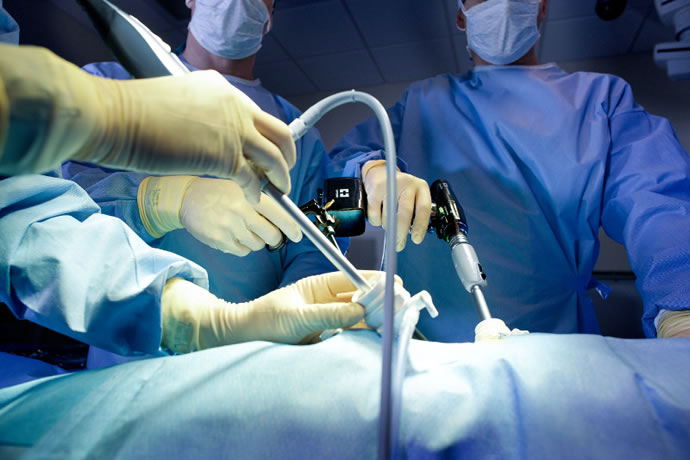Dr. Pratikshit Mahajan is the best laparoscopic prostate surgeon in Nashik. Laparoscopic radical prostatectomy is a minimally invasive operation performed through several small incisions in the abdomen. The surgeon uses a laparoscope a lighted viewing instrument to visualize the anatomy and other instruments to reach and remove the prostate.
Laparoscopic Urological Surgery
If someone had been to name the three revolutionary innovations within the good reputation for surgery, most of these will be the discovery regarding antisepsis, the development of anesthesia, and the advent of minimally invasive surgery. The best objective involving minimally invasive surgery would be to existing an alternative choice to open surgery with equal rewards and reduced morbidity. Traditional laparoscopy provides the advantages of reduced postoperative pain, reduced convalescence, and enhanced cosmesis. Cortesi documented the very first use of laparoscopy for urology surgery as a diagnostic tool in a patient with undescended testes in 1976, but its use for any therapeutic procedure wasn’t noted till Clayman completed the first laparoscopic nephrectomy within 1990. This novel method, which reproduces the actual concepts associated with open up surgery, has dramatically improved patient final results by just changing the surgical method.
Basic approach
Laparoscopic entry with regard to urologic programs might be received via several routes viz. transperitoneal, retroperitoneal and extraperitoneal. The problem of the optimum surgical approach within urologic laparoscopy is still controversial and several unanswered queries still remain. Earlier experience with urologic laparoscopy consisted almost exclusively of transperitoneal procedures. For many surgeons, this method continues to be a gold standard for the operative strategy from the higher urinary tract.
The justifications justifying this particular view are
- A bigger operating area and thus a simpler entrapment of huge surgical specimens.
- More familiar anatomic attractions, thus the training curve is shorter.
- Anteriorly situated tumors, crossing vessels during pyeloplasty, are managed easier.
Although trans-peritoneal physiology may be more common in order to general surgeons, Urologists are well familiar with retroperitoneal anatomy. Retroperitoneal laparoscopy does not appear to be much more technically challenging than the transperitoneal counterpart. The actual retroperitoneal strategy has also been claimed to have a smaller surgical duration. Avoiding the opening of the peritoneal cavity could also ameliorate postoperative comfort and diminish postoperative sequels such as intraperitoneal adhesion formation.
The arrival of hand-assisted laparoscopy offers provided a new minimally invasive alternative for treating a number of renal conditions needing surgical intervention. Hand-assisted laparoscopy uses a unique approach that combines the facets of open up surgery along with those of conventional laparoscopy, expanding the indications for laparoscopy and also bridging the gap between open surgery and conventional laparoscopy. Hand-assisted laparoscopy may represent the pragmatic choice for that established urologist in practice, to whom a formal laparoscopic training is unrealizable. Insertion from the non-dominant hand into the operative field enables the surgeon to beat some of the obstacles related to conventional laparoscopy, for example, loss of proprioception, tactile sensation, as well as spatial orientation. Arguments against HAL is the price of the port, and the 7 cm incision necessary to place this port even in patients not really requiring retrieval of a big specimen. Another drawback of the HAL approach is that it does not assistance to acquire and maintain superior laparoscopic abilities, which are essential for complicated reconstructive procedures for example pyeloplasty or radical prostatectomy.

